
After many years, doctors realized that cancer patients
We often think that cancer is mainly caused by food and environmental problems, but in fact, many people with cancer also have healthy living habits.Prescription drugsFunctional foods

Many people always think that they are healthy, have no problems, so they live, eat and organize. As in the case of a patient (anonymous) below, who just shared his story online, saying that after only one month, the abdominal pain appeared, this person went to the hospital for a check-up and was diagnosed with late-stage stomach cancer.
Hearing this "thunderbolt" news, the patient was shocked to the core, they asked the doctor why their cancer progressed so quickly and metastasized in just one month.
However, the doctor explained that cancer from the early stages to metastasis of course cannot be completed in such a short time, many people think that cancer is sudden, this is not correct.
In fact, cancer from the beginning to metastasis takes several years. During those few years, if it is not detected early, and at the same time, bad eating and living habits are maintained, the disease will progress further.
In general, people with cancer often have 6 bad habits in the morning, specifically:
4
People who often skip breakfast
Breakfast is the most important meal of the day, and the same goes for our bodies. If you often skip breakfast, it will easily damage your stomach, easily cause stomach ulcers, and even stomach cancer.
Not to mention, skipping breakfast also makes your body tired, lowers blood sugar, and makes the body's detoxification process less favorable.
People who regularly smoke in the morning wake up
Smoking is extremely harmful to the body, especially when we smoke in the morning, when the body has just gone through a long night and there is no food in the stomach.
According to research, cigarette smoke contains more than 7000 substances. Of which, hundreds of types are harmful to health. Especially 70 carcinogens, including addictive substances and toxic substance
Therefore, people who smoke cigarettes every day are susceptible to cancer, and the leading cause of lung cancer.
People who drink water when they wake up in the morning
Did you know that the habit of drinking water in the morning when you just wake up is very good for the body. Helps eliminate toxins from the body, cleanses the intestines, aids digestion and increases body strength by helping the body fight infections
Water also helps eliminate waste and other microorganisms that can cause infections or diseases, including cancer.
People who regularly drink alcohol after waking up in the morning
Alcohol is also a leading cause of cancer recognized by the World Health Organization, and long-term use can easily cause cancer.
Moreover, alcohol can also cause great stimulation to the liver, affecting the detoxification and metabolism functions of the liver, causing a burden on the liver, thereby increasing the risk of liver cancer very high.
People who like to eat sour, smoked, fried foods in the morning
Maintaining healthy eating habits will have a very high risk of cancer. Especially those who like to eat sour (pickles, pickles), smoked, fried foods contain many carcinogens.
5
People who are often angry and in the morning
Do you know that a bad mood is also the cause of illness. People who are always angry, have a bad temper and mood can easily reduce their immunity and easily cause cancer.
So how to stay away from cancer: Maintaining a healthy, scientific lifestyle is the most important thing. If you maintain a good morning habit, it will help you prevent cancer and live a better life.
Moreover, early detection of cancer is also very important. If you want to detect cancer in time, you should form the habit of regular health check
News in the same category

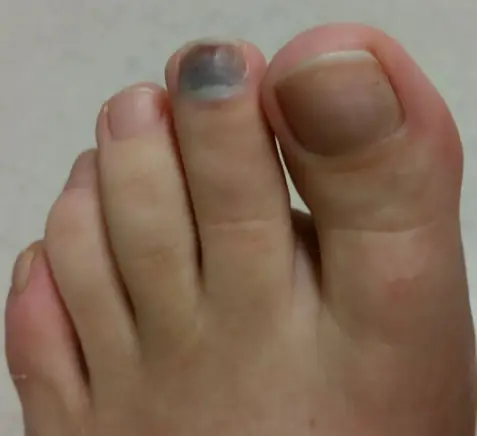
What Causes a Toenail To Turn Black?

What To Know and Do About Pain Under Your Left Rib Cage

Understanding the Relationship Between Breast Size and Hormonal Health

Clove Water Sitz Baths for Women: A Gentle Guide to Hygiene and Comfort
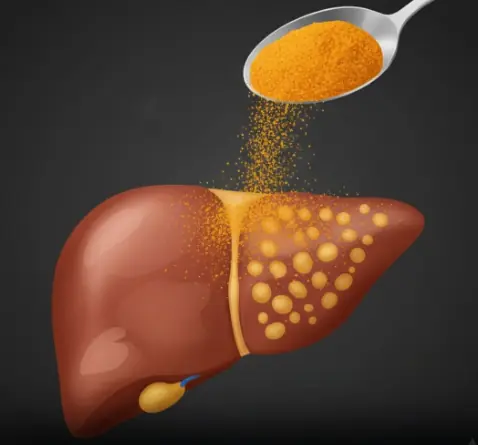
1 teaspoon a day melts away fatty liver naturally
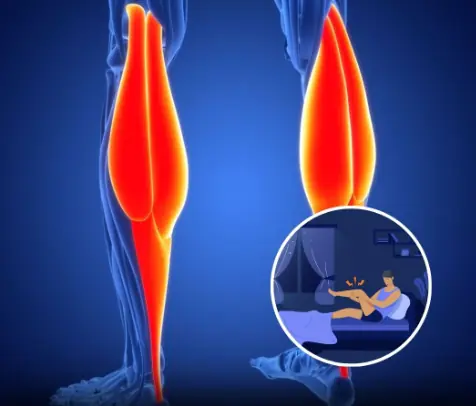
Why Your Legs Cramp At Night And How To Stop It From Happening

How to treat nerve pain in the foot, toes & legs

5 foods you should never keep overnight
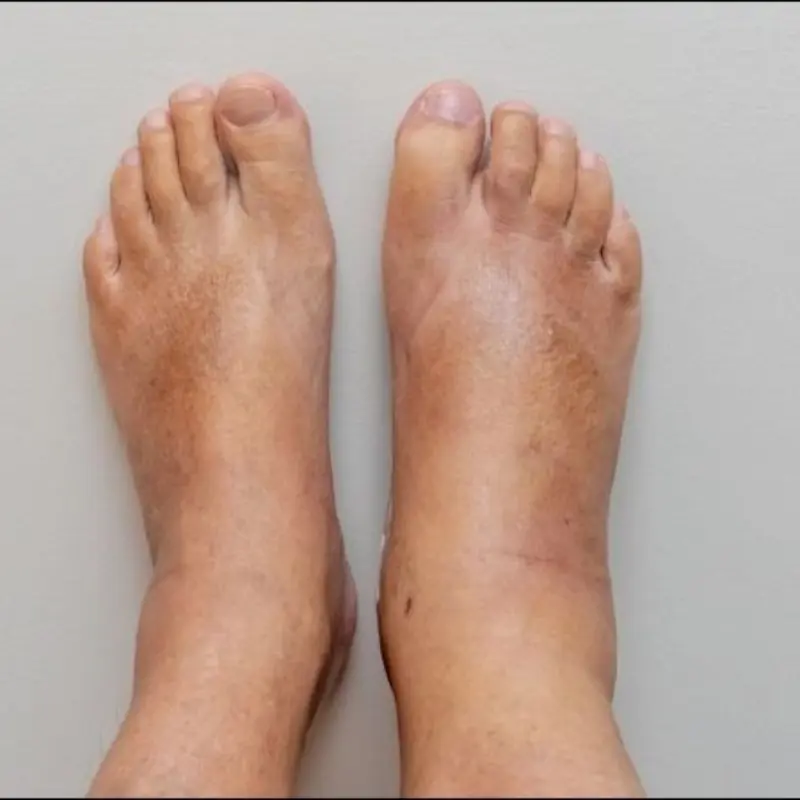
A warning sign in your feet could mean fatty li.ver damage is no longer reversible

Behind a rare illness striking her in the prime of her youth was a dang.erous daily habit

Quatro sintomas que começam na perna podem ser um sinal de cân:cer 'mo:r:tal'

Prepare to Be Shoc:ked by What’s Happening Inside Your Body

5 foods you should never eat together with sweet potatoes

What he thought was a simple allergy turned out to be something far more alarming when doctors gave their diagnosis

The Real Causes of Constant Phlegm and Mucus in Throat and How to Get Rid of It...
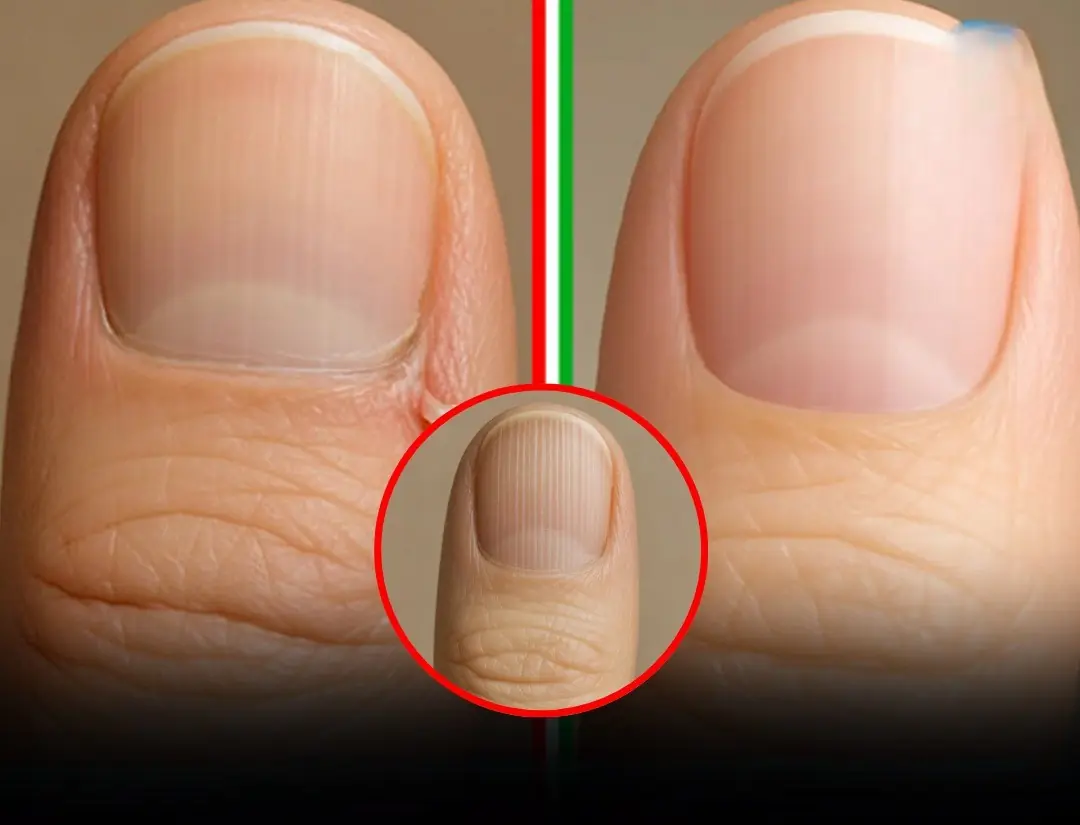
5 Silent Health Problems Your Nails Reveal Before Anything Else 👇

Pepper Steak Pasta Skillet with Bell Peppers and Onions

Important News for Everyone Who Loves a Daytime Nap....
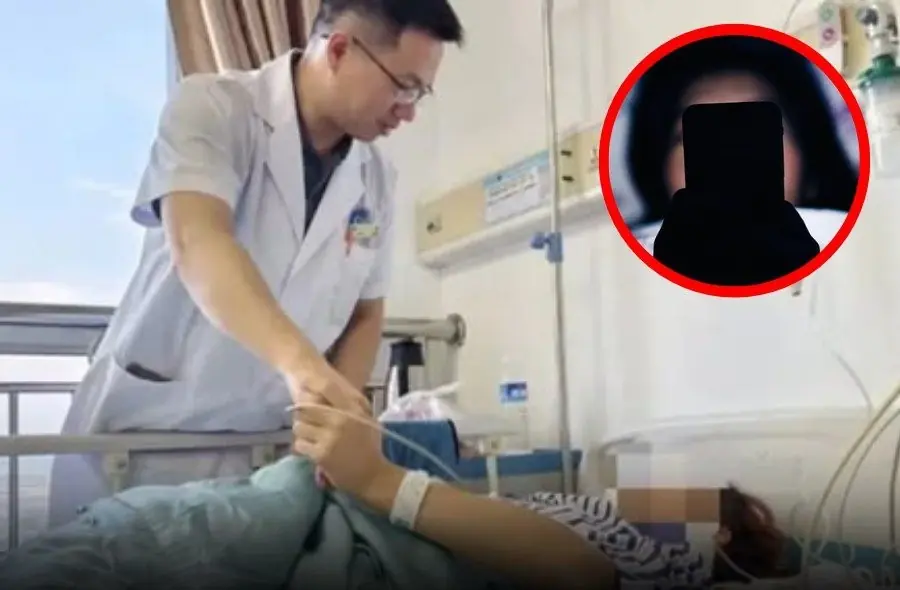
A small movement, a massive stroke. Could this happen to you?
News Post

Over 60? 10 Early Dementia Warning Signs You Must NEVER Ignore (Catch Them Before It’s Too Late)

What Causes a Toenail To Turn Black?

Jjajangmyeon – Korean Black Bean Noodles

What To Know and Do About Pain Under Your Left Rib Cage

Understanding the Relationship Between Breast Size and Hormonal Health

Clove Water Sitz Baths for Women: A Gentle Guide to Hygiene and Comfort

Beef, Broccoli & Mushroom Rice Bowl

1 teaspoon a day melts away fatty liver naturally

Why Your Legs Cramp At Night And How To Stop It From Happening

Stop pouring hot water down the sink — here’s why!

How to treat nerve pain in the foot, toes & legs

5 foods you should never keep overnight

Crispy Shrimp Rice Balls

Ebi Fry – Japanese Crispy Fried Shrimp

The Special Purpose of the Two Small Holes on Flat Plug Prongs That Many People Don’t Know

Roasted Chicken Leg with Gravy, Mashed Potatoes & Vegetables

A warning sign in your feet could mean fatty li.ver damage is no longer reversible

Behind a rare illness striking her in the prime of her youth was a dang.erous daily habit

Here's why you should never sleep with a fan on at night
